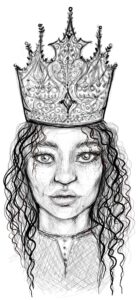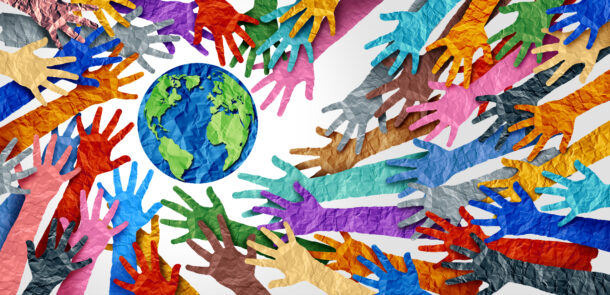Race  Religion
Religion  Class
Class  Culture
Culture  Gender
Gender  Disability
Disability  Sexual Orientation
Sexual Orientation
Let no one stand alone. Set your mission on fire. Be the change.
No matter your field, The Sum’s purpose is to stand with YOU.
We give you, your group, a map by measuring 3 unconscious patterns related to the above differences.
We support you with tailored experiential learning and coaching, to get you the effectiveness and impact across differences you want.
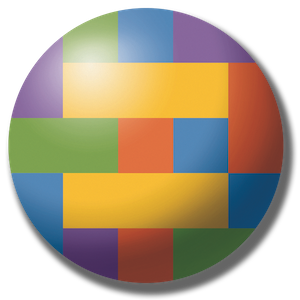
together we are greater
![]() ASSESSMENT
ASSESSMENT
![]() COACHING
COACHING
![]() EXPERIENTIAL LEARNING
EXPERIENTIAL LEARNING
“These offerings are, without a doubt, the finest I’ve experienced in my years of doing this work.”
~ NAOMI TUTU
Your first strategy session is free:
Take the Power of Difference Assessment (PDA) HALF-PRICE for July only—get it free if you aren’t fully satisfied:
Schedule a free one-hour, online, intro to the Power of Difference Model for your group:
July Video – “Politics through the lens of the Power of Difference Model” 5:14
LET NO ONE STAND ALONE
SET YOUR MISSION ON FIRE
BE THE CHANGE
No matter your field
Standing with YOU
is the purpose of The Sum.
Race  Gender
Gender  Religion
Religion  Sexual Orientation
Sexual Orientation  Disability
Disability  Class
Class  Culture
Culture

together we are greater
![]() ASSESSMENT
ASSESSMENT
![]() COACHING
COACHING
![]() EXPERIENTIAL LEARNING
EXPERIENTIAL LEARNING
“These offerings are, without a doubt, the finest I’ve experienced in my years of doing this work.”
~ NAOMI TUTU
We give you, your group, a
map by measuring 3
unconscious patterns related
to the above differences.
Then we support you through
tailored experiential learning
and coaching, to get you the
effectiveness and impact
across our differences that
you want.
Your first strategy session is free:
Take the Power of Difference Assessment (PDA) HALF-PRICE for July (get it free if you aren’t fully satisfied):
Schedule a free one-hour, online, intro to the Power of Difference Model for your group:
July Video – “Politics through the lens of the Power of Difference Model” 5:14
Team with us!
Only 29 more $5 subscriptions will cover one year’s baseline operations!
![]() BUILD WITH US: a thriving & just world where our aliveness, commonality & our differences are honored.
BUILD WITH US: a thriving & just world where our aliveness, commonality & our differences are honored.
![]() DONATE ANY AMOUNT: one time, monthly, or yearly–choose the programs you want to support.
DONATE ANY AMOUNT: one time, monthly, or yearly–choose the programs you want to support.
Team with us!
Only 29 more $5 subscriptions will cover one year’s baseline operations!
![]() BUILD WITH US: a thriving & just world where our aliveness, commonality & our differences are honored.
BUILD WITH US: a thriving & just world where our aliveness, commonality & our differences are honored.
![]() DONATE ANY AMOUNT: one time, monthly, or yearly–choose the programs you want to support.
DONATE ANY AMOUNT: one time, monthly, or yearly–choose the programs you want to support.
FOR PRICING, CHOOSE A SPECIFIC FIELD BELOW
“THIS IS THE MOST IMPACTFUL LEARNING I’VE EVER EXPERIENCED IN MY LIFE. IT HAS TOTALLY CHANGE ME AND MY WORK“
~ LAURIE YAUSSI Teacher, Thompson Valley Sch00l District
What’s the Power of Difference Model (PDM)?
At it’s core the PDM identifies 3 primary, typically unconscious, patterns of behavior, thought, feeling, and worldview related to race, sexual orientation, gender, socioeconomic class, religion, disability, and culture.
Does one sound more like you?
To take the free Race Pattern Quiz (RPQ) and discover your primary pattern related to Race, your learning edge, and recommendations:
What People Think…
“This model has totally changed how I do things in my school…especially the way I use power more consciously. For me, it’s so important to do no harm. And while I understand my role as a Latino leader in my school – I am learning from the PDA, the model, and from consultation with The Sum how my power and my privilege across many sociocultural differences can be used with more awareness, effectiveness, and care in my relationships to our school secretary, our custodian, the teachers, parents and, of course, the students.”
Guillermo Medina,
Principal, Columbine Elementary, Boulder Valley School District, Boulder, Colorado
“As a person who is always engaged in inclusion work, whether it be in my job or in my life; sometimes we need to be reminded to take care of ourselves. This survey helped me to refocus on how I give of myself. I don’t have to give myself away. I was able to take a breath for my sake! Still carrying my torch!”
Phyllis Breland
Director of Diversity and Inclusion.
Hamilton College, Clinton, New York
The Team
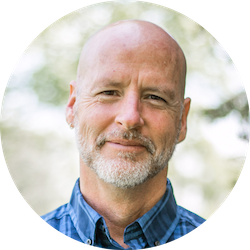
J. Elliott Butler-Cisneros
Executive Director/Founder
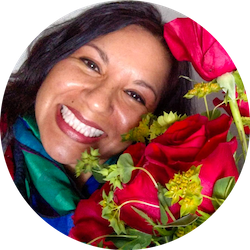
Lucero Castro-Frederick
Board President

Crystal Byrd Farmer
Board Member/Consultant








